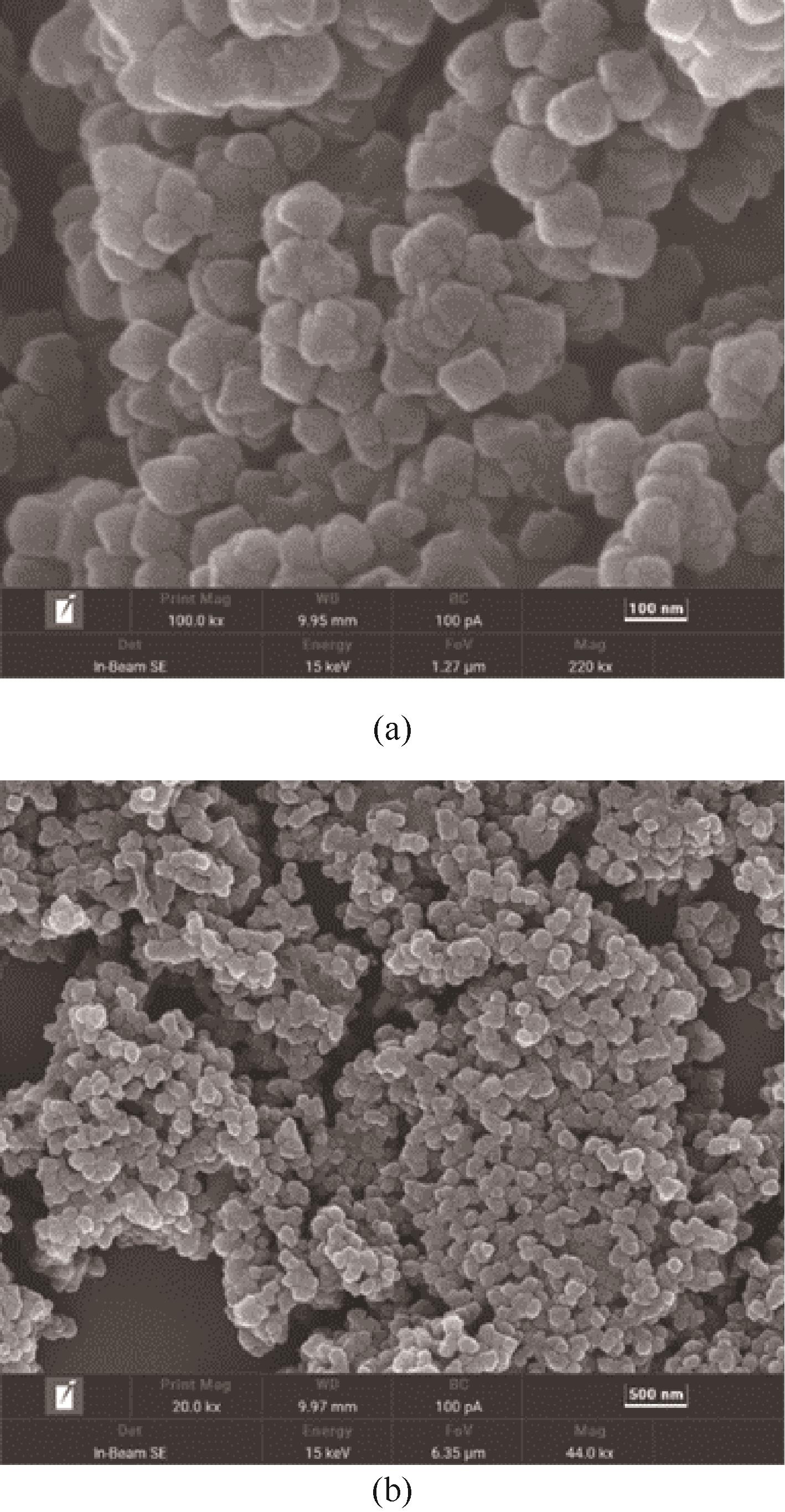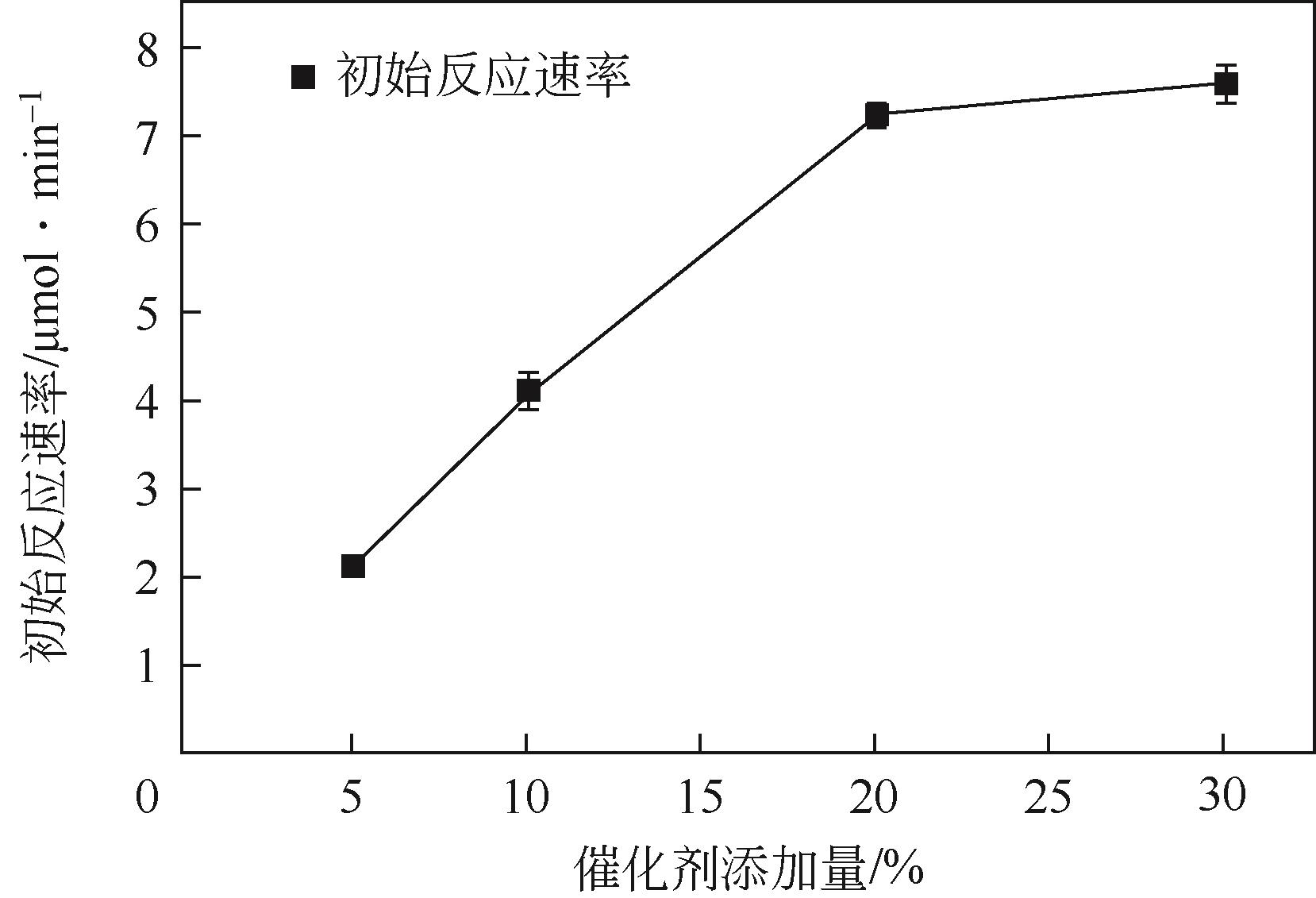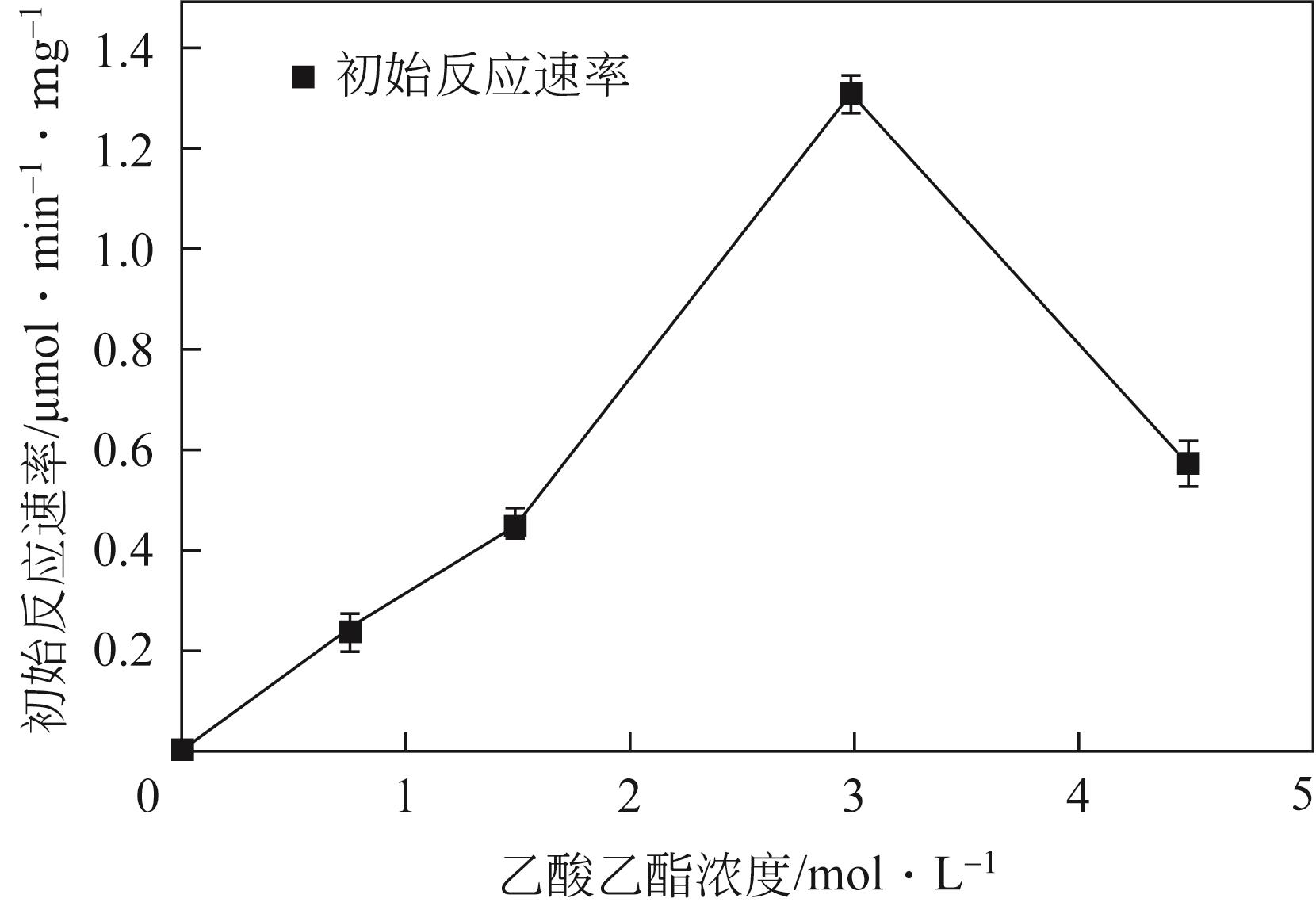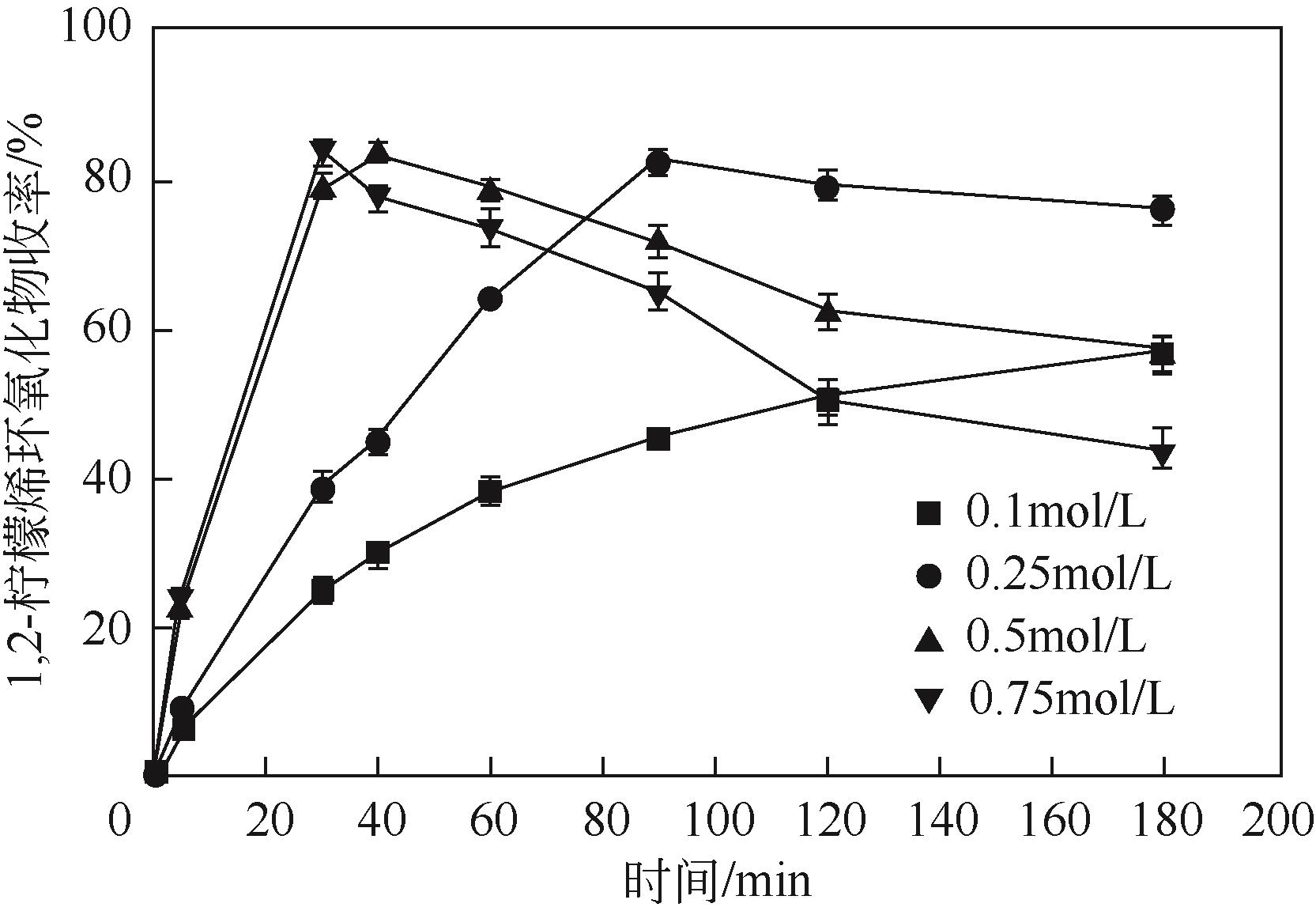| 1 |
张娜威, 潘思轶, 范刚, 等. 柑橘果汁中的苦味物质及脱苦技术研究进展[J]. 华中农业大学学报, 2021, 40(1): 40-48.
|
|
ZHANG Nawei, PAN Siyi, FAN Gang, et al. Bitter substances and progress of debittering technology in citrus juice[J]. Journal of Huazhong Agricultural University, 2021, 40(1): 40-48.
|
| 2 |
REHMAN A, RUSSELL E, SALEEM F, et al. Synthesis of trans-limonene bis-epoxide by stereoselective epoxidation of (R)-(+)-limonene[J]. Journal of Environmental Chemical Engineering, 2021, 9(1): 104680.
|
| 3 |
CORMA A, IBORRA S, VELTY A. Chemical routes for the transformation of biomass into chemicals[J]. Chemical Reviews, 2007, 107(6): 2411-2502.
|
| 4 |
PARRINO F, FIDALGO A, PALMISANO L, et al. Polymers of limonene oxide and carbon dioxide: polycarbonates of the solar economy[J]. ACS Omega, 2018, 3(5): 4884-4890.
|
| 5 |
张璐璐, 范刚, 何进, 等. 柠檬烯微生物转化及其相关酶的研究进展[J]. 食品工业科技, 2019, 40(12): 317-325.
|
|
ZHANG Lulu, FAN Gang, HE Jin, et al. Advances on limonene microbial biotransformation and its related enzymes[J]. Science and Technology of Food Industry, 2019, 40(12): 317-325.
|
| 6 |
孙晓英, 杜伟, 刘德华. 用可再生性原料合成环氧增塑剂的研究进展[J]. 化工进展, 2009, 28(6): 1036-1042.
|
|
SUN Xiaoying, DU Wei, LIU Dehua. Research and application of epoxy plasticizer from renewable raw materials[J]. Chemical Industry and Engineering Progress, 2009, 28(6): 1036-1042.
|
| 7 |
MAHAMAT AHMAT Y, MADADI S, CHARBONNEAU L, et al. Epoxidation of terpenes[J]. Catalysts, 2021, 11(7): 847.
|
| 8 |
RANGANATHAN S, SIEBER V. Development of semi-continuous chemo-enzymatic terpene epoxidation: combination of anthraquinone autooxidation and the lipase-mediated epoxidation process[J]. Reaction Chemistry & Engineering, 2017, 2(6): 885-895.
|
| 9 |
RADVA D, SPANYOL J, KOSÁRY J. Testing of the effect of reaction parameters on the enzyme immobilization by adsorption and cross-linking processes with kinetic desorption method[J]. Food Technology and Biotechnology, 2011, 49(2): 257-262.
|
| 10 |
MELCHIORS M, VIEIRA T Y, PEREIRA L P S, et al. Epoxidation of (R)-(+)-limonene to 1, 2-limonene oxide mediated by low-cost immobilized Candida antarctica lipase fraction B[J]. Industrial & Engineering Chemistry Research, 2019, 58(31): 13918-13925.
|
| 11 |
SASTRE D E, REIS E A, MARQUES NETTO C G C. Strategies to rationalize enzyme immobilization procedures[J]. Methods in Enzymology, 2020, 630: 81-110.
|
| 12 |
HONG D H, SHIM H S, HA J S, et al. MOF-on-MOF architectures: applications in separation, catalysis, and sensing[J]. Bulletin of the Korean Chemical Society, 2021, 42(7): 956-969.
|
| 13 |
WIEMANN L O, FALTL C, SIEBER V. Lipase-mediated epoxidation of the cyclic monoterpene limonene to limonene oxide and limonene dioxide[J]. Zeitschrift Für Naturforschung B, 2012, 67(10): 1056-1060.
|
| 14 |
RANGANATHAN S, ZEITLHOFER S, SIEBER V. Development of a lipase-mediated epoxidation process for monoterpenes in choline chloride-based deep eutectic solvents[J]. Green Chemistry, 2017, 19(11): 2576-2586.
|
| 15 |
ZHUANG Jia, Chunhong KUO, CHOU Lien-Yang, et al. Optimized metal-organic-framework nanospheres for drug delivery: evaluation of small-molecule encapsulation[J]. ACS Nano, 2014, 8(3): 2812-2819.
|
| 16 |
ZHANG Liwen, BASLYMAN W, YANG Peng, et al. Customized mesoporous metal organic frameworks engender stable enzymatic nanoreactors[J]. Chemical Communications, 2019, 55(5): 620-623.
|
| 17 |
WANG Yangxin, ZHANG Ningning, ZHANG En, et al. Heterogeneous metal-organic-framework-based biohybrid catalysts for cascade reactions in organic solvent[J]. Chemistry: a European Journal, 2019, 25(7): 1716-1721.
|
| 18 |
CAO Shilin, YUE Dongmei, LI Xuehui, et al. Novel nano-/micro-biocatalyst: soybean epoxide hydrolase immobilized on UiO-66-NH2 MOF for efficient biosynthesis of enantiopure (R)-1,2-octanediol in deep eutectic solvents[J]. ACS Sustainable Chemistry & Engineering, 2016, 4(6): 3586-3595.
|
| 19 |
CHEN Qi, HE Qinqin, Mengmeng LYU, et al. Selective adsorption of cationic dyes by UiO-66-NH2 [J]. Applied Surface Science, 2015, 327: 77-85.
|
| 20 |
ZHAO Zexin, LAN Dongming, TAN Xiyu, et al. How to break the Janus effect of H2O2 in biocatalysis? understanding inactivation mechanisms to generate more robust enzymes[J]. ACS Catalysis, 2019, 9(4): 2916-2921.
|
| 21 |
YUKI O, ZHANG Yifei, GE Jun, et al. Epoxidation of fatty acids by pluronic-conjugated lipase in organic media[J]. Catalysis Letters, 2016, 146(6): 1073-1078.
|
| 22 |
ZHAO Hua. What do we learn from enzyme behaviors in organic solvents? —Structural functionalization of ionic liquids for enzyme activation and stabilization[J]. Biotechnology Advances, 2020, 45: 107638.
|
| 23 |
RANGANATHAN S, TEBBE J, WIEMANN L O, et al. Optimization of the lipase mediated epoxidation of monoterpenes using the design of experiments—Taguchi method[J]. Process Biochemistry, 2016, 51(10): 1479-1485.
|
| 24 |
KLAAS M R G, WARWEL S. Lipase-catalyzed preparation of peroxy acids and their use for epoxidation[J]. Journal of Molecular Catalysis A: Chemical, 1997, 117(1/2/3): 311-319.
|
| 25 |
SALVI H M, YADAV G D. Chemoenzymatic epoxidation of limonene using a novel surface-functionalized silica catalyst derived from agricultural waste[J]. ACS Omega, 2020, 5(36): 22940-22950.
|
| 26 |
TZIALLA A A, KALOGERIS E, ENOTIADIS A, et al. Effective immobilization of Candida antarctica lipase B in organic-modified clays: application for the epoxidation of terpenes[J]. Materials Science and Engineering: B, 2009, 165(3): 173-177.
|
 ), LI Qingyun1,2, LIU Youyan1,2, LIN Dongliang1, TANG Aixing1,2(
), LI Qingyun1,2, LIU Youyan1,2, LIN Dongliang1, TANG Aixing1,2( )
)
 ), 李青云1,2, 刘幽燕1,2, 林东亮1, 唐爱星1,2(
), 李青云1,2, 刘幽燕1,2, 林东亮1, 唐爱星1,2( )
)











